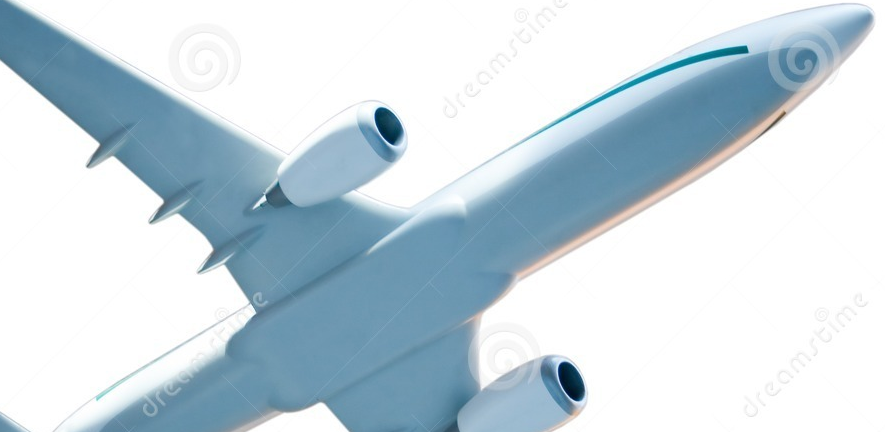
The movement of people and goods around the world is a key part of modern life. Air travel is likely to remain a key component in the transport industry for the foreseeable future. However, the majority of current transport options involve the combustion of hydrocarbon fuels, which produce undesireable emissions. The need to reduce these emissions is one of the highest priorities of government policies across the globe but meeting the ambitious targets that have been set will only be possible by overcoming several key technological challenges.
A significant portion of the Department’s research activity tackles these challenges, exploiting the wide range of our staff’s expertise. Activity is focussed on the civil aerospace sector, working closely with large multi-national manufacturers and their supply chain. This enables our research to help optimise the systems that are already in service, provide the advanced materials for the next generation technologies and explore the options for the radical, new, step changing technologies of the future.
Lighter, Stronger Materials (Jones)
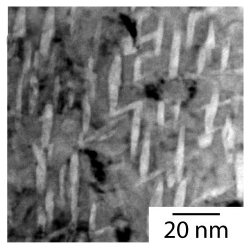
One approach, commonly exploited by the aerospace industry, to increase efficiency is to reduce the weight of the airframe and engine. Replacing heavier materials requires the development of viable alternatives with lower densities and higher strengths. Within the Department work in this area includes the design of new steels for stronger shafts and more wear resistant bearings, the optimisation of high strength titanium alloys for numerous airframe applications and the continued development of composite materials.
Using materials at their limits requires a detailed understanding of their intrinsic behaviour. One of our specialities is characterising this behaviour from the atomic level up. We have expertise in; dislocation activity in turbine blades during creep and thermo-mechanical fatigue regimes; twinning in hexagonal phases for fan blade impact events; plasticity in gamma TiAl components; functional behaviour of shape memory and superelastic materials and the development of durable turbine blade tip sealing systems.
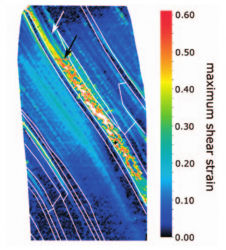
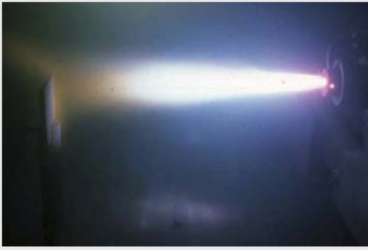
The high temperatures experienced within gas turbine engines lead to an extremely hostile and corrosive environment. Protecting components from excesive damage is critical to their continued operation. Within the Department, we have activity relating to the native protective oxides that form in these materials, as well as studying the deposition and evolution of advanced external coating systems. We also investigate the corrosive nature of certain atmospheres, including those that contain volcanic ash.
Gas turbine engines become more efficient when operated at higher temperatures. Modern jet engines already are using today’s materials at the limits of their capability so significant efforts are being made worldwide to develop new options capable of operating at higher service temperatures. Within the Department, several different candidate systems are being investigated, ranging from Ni-base superalloys, to refractory and intermetallic options, high entropy alloys and even ductile ceramics.
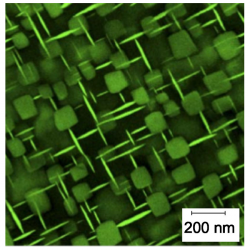
Future Technologies (Rae)
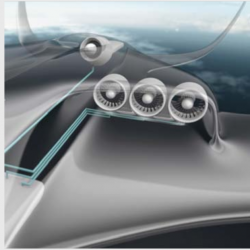
Whilst gas turbine engines remain the technology of choice at the present time, the aerospace industry is actively exploring the viability of other propulsion options. One possibility is the use of electric motors to power a large number of fans. Such motors would need to be highly efficient in order to reach the required power densities and our work focuses on the development and testing of composite superconducting permanent magnets, thought to be capable of delivering the required performance.
